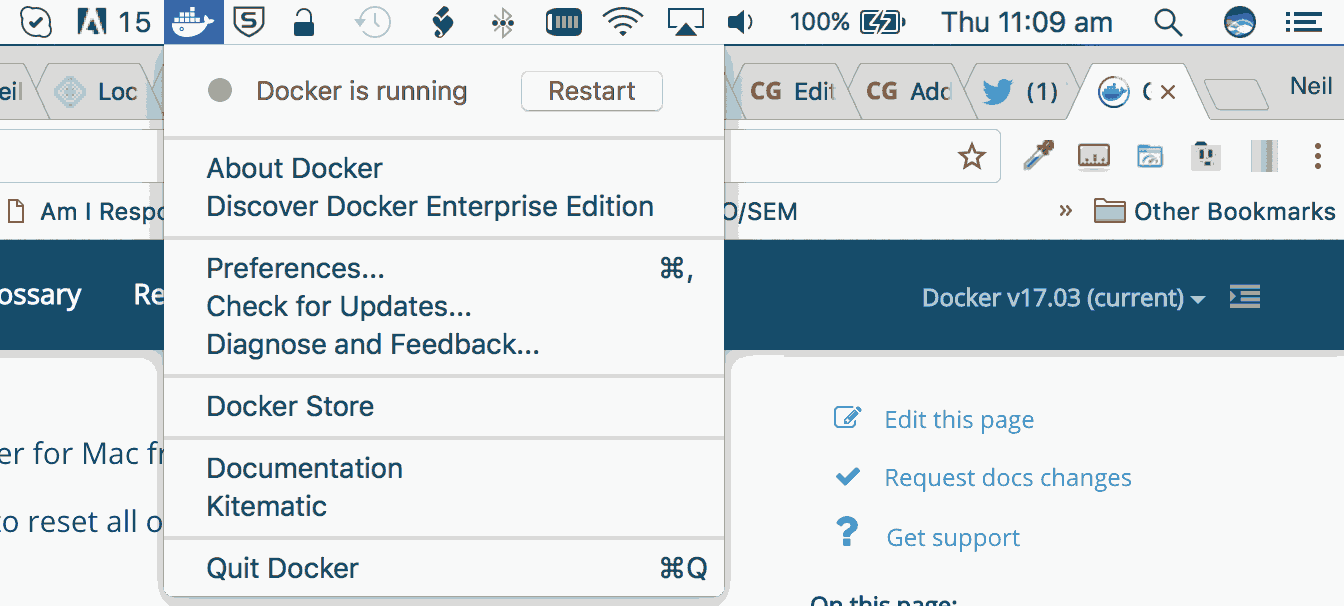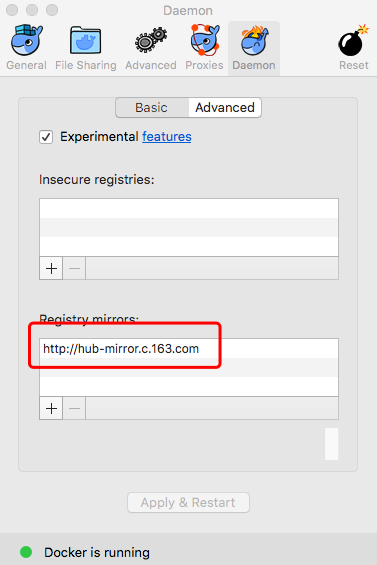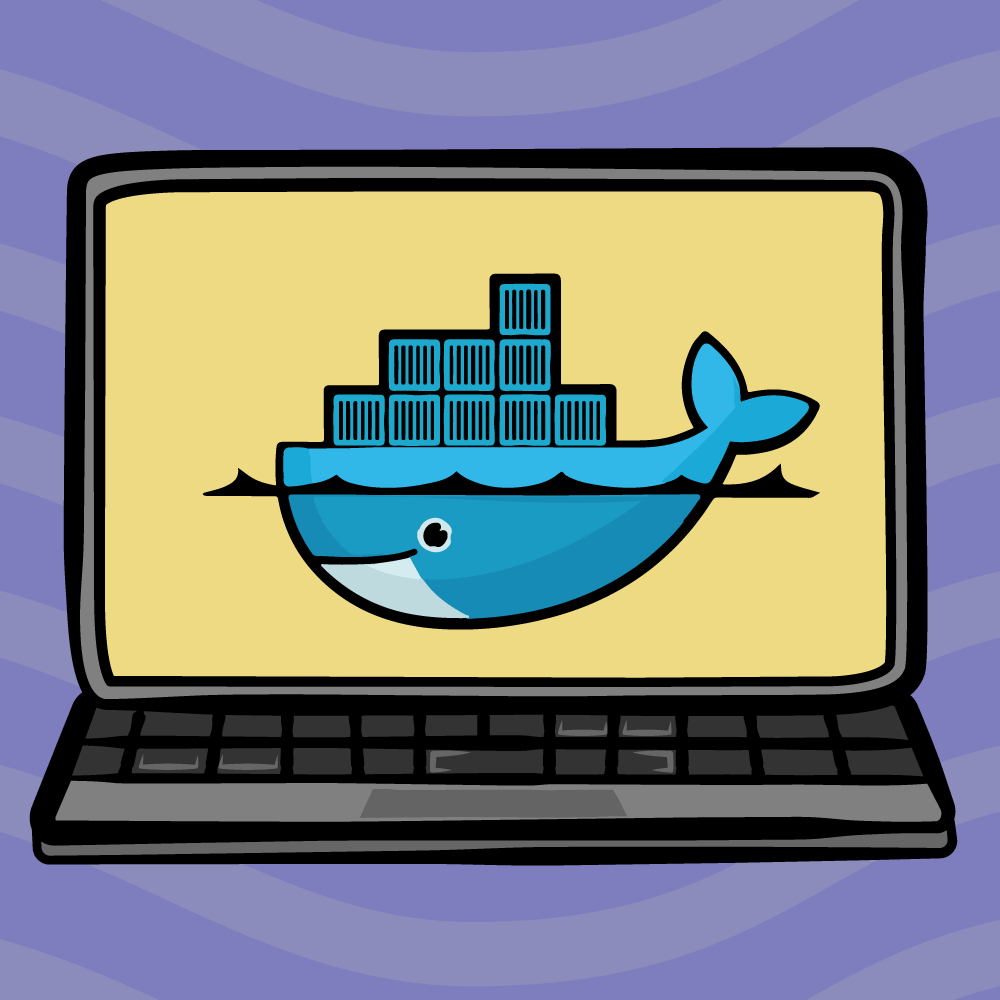

To my surprise, this info also indicated that the docker is running on alpine Linux OS with 2GB of memory.
#Docker for mac for mac
Yes, there is no typo in the previous line and it was the same reaction from me running docker natively on macOS and alpine Linux messages were emitted, come on! It was 16GB MBP and there was tonnes of RAM already available, so first lazy thoughts were "was it some bug in docker for mac which indicates alpine Linux" or some Linux kinds of "logical assumptions" about the "so called native" way the docker runs on macOS? Next step done was to dump from docker info command and filtering for OS Name/Type, Kernel Version, CPU's, Total Memory etc. One fine day while running 50-100 containers for testing the scaling limits for docker, there was an interesting failures scenario where containers couldn't be created and the errors indicated that alpine Linux ran out of memory while creating containers. Ok, after some brief general background about docker and non-Linux OSes, now here is the interesting story which prompted me to look deeper into how Docker for Mac was achieving its containerization goals. So the new solution introduced for the macOS was Docker for Mac which was a "so called native" way to run docker on non-Linux XNU kernel. The docker folks started working on a more native solution for macOS after boot2docker started getting popular and widely used. A complete tooling to run docker on macOS for me was boot2docker which was a lightweight Linux distribution based on Tiny Core Linux made specifically to run Docker containers. The first way to run docker on the non-Linux OSes was to use virtual machine(s) running some GNU/Linux distribution and then doing the whole container business within those VM(s). It means that these Linux kernel features were required on other operating systems too in case the docker had to be true Build Once, Run Anywhere solution which it promised to be. So technically speaking, now the Linux Kernel works like hypervisor to create isolated and self-contained user space instances encapsulating applications and their libraries dependencies. It has its roots in Linux kernel features cgroups and namespaces which provide Resources allocation control and Isolation in the user space, respectively. This article was overdue but its better late then never :-).ĭocker is one of the most groundbreaking technologies/frameworks released in last few years. So here is the tell all when tried to join various pieces that time. If you are not a GUI-type person and prefer a CLI approach instead, then use syslog CLI.I explored something interesting about Docker for Mac while using it first time last year. Now Console Log Query can be used to search logs, filter the results in various ways, and create reports. Now the daemon logs can be easily seen here.

Give the query a name and set Sender to docker. Click on OK to save the query: The console allows you to read the system logs, help find certain ones, monitor them, and filter their contents. It allows users to search through all of the system’s logged messages, and can alert the user when certain types of messages are logged. Docker Daemon Logs Mac ConsoleĬonsole is a utility available in Applications -> Utilities. log viewer included with macOS. As Docker for Mac provide a native integration with Mac, the logsĪlso can be found using the natural tools. If you are using Docker Machine, then you can ssh to the machine using docker-machine ssh command and find the logs at /var/log/docker.

Did you know that Docker for Mac is now in general beta?ĭocker for Mac is a native Mac application architected from scratch, with a native user interface and auto-update capability, deeply integrated with OS X native virtualization


 0 kommentar(er)
0 kommentar(er)
